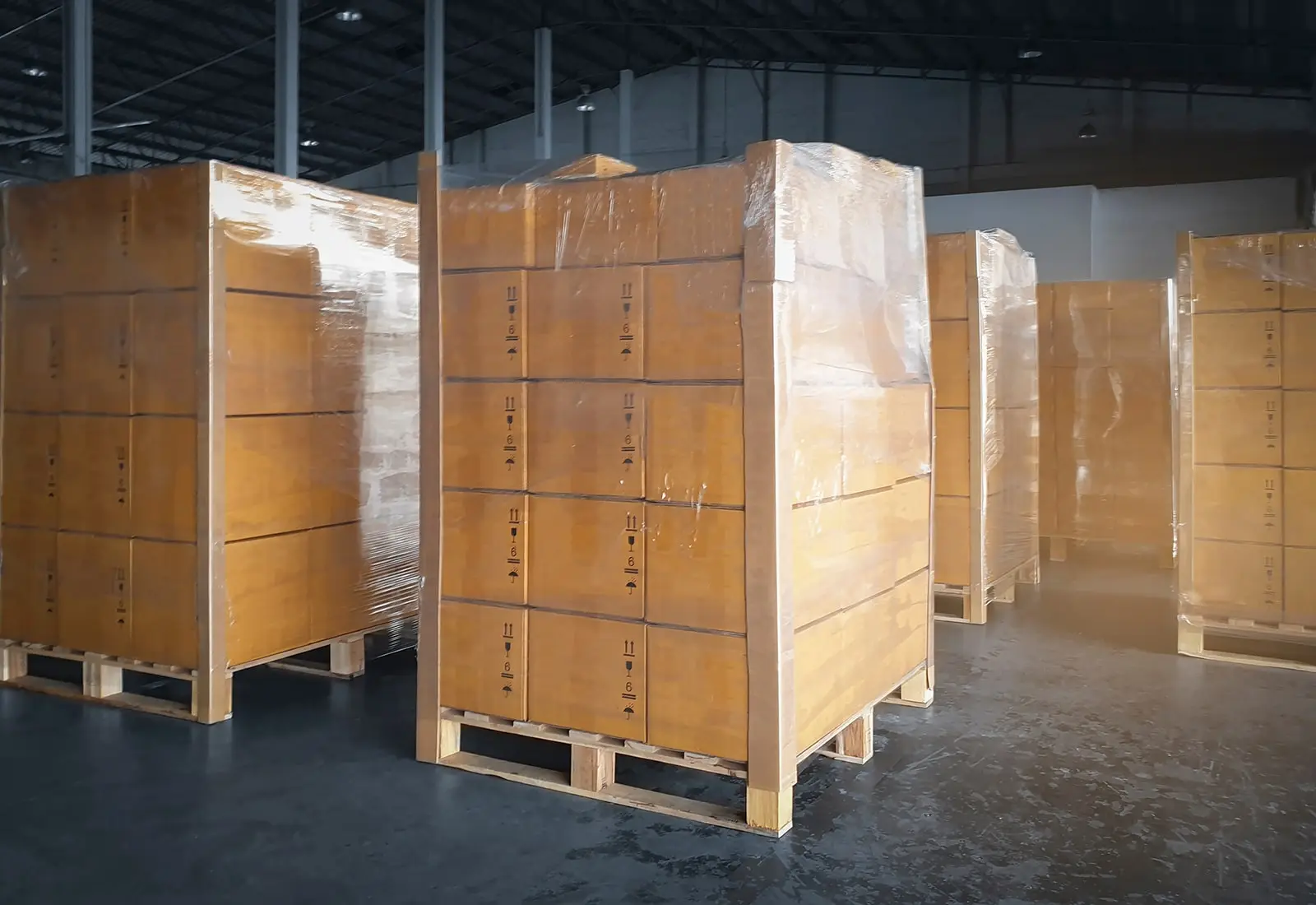Cardboard edge protectors are widely used to protect the edges of goods during transportation and storage. They provide added support and prevent damage to the corners and edges of products, especially during transit. Correctly cutting the cardboard edge protectors is an essential step in ensuring that they effectively protect your goods.
Correctly Cutting a Cardboard Edge Protector
Measure the size of the edge protector needed
Before cutting, it is important to determine the size of the edge protector needed for your goods. This will ensure that you are cutting the right size for your product and will save you time and materials.
Mark the cutting lines
Use a pen or pencil to mark the cutting lines on the edge protector. It is recommended to use a straight edge to ensure that the lines are straight and accurate.
Cut the edge protector
Once you have marked the cutting lines, you can use a sharp blade, scissors, or edge protector cutter to cut the edge protector. It is important to use a sharp blade or scissors to ensure a clean cut and to prevent any damage to the product. If you are using a blade, make sure to place a cutting board under the edge protector to protect your work surface.
Trim any rough edges
After cutting, check the edge protector for any rough or jagged edges. If necessary, use a blade or scissors to trim any rough edges to ensure that the edge protector fits snugly around your product.
Stay Sharp
Sharp blades are essential when it comes to cutting cardboard edge protectors. Dull blades can cause jagged cuts and rough edges, which can weaken the strength of the edge protector and reduce its effectiveness in protecting your goods. To ensure that you can make clean, straight cuts every time, it is important to regularly change out your blades and keep them sharp.
Using a dull blade can also increase the risk of injury, as it takes more force to make a cut with a dull blade. This can cause fatigue and increase the risk of hand and wrist injuries. To reduce the risk of injury and ensure that you can make clean cuts every time, you must change your blades after every few cuts or whenever you notice that the blade is starting to dull.
If you use a blade, it is also important to keep the blade lubricated with oil. This will help to reduce friction and prevent the blade from becoming dull too quickly. You can also sharpen the blade regularly to keep it in top condition.
Keeping your blades sharp is essential for cutting cardboard edge protectors. Dull blades can cause jagged cuts and rough edges and increase the risk of injury. To ensure that you can make clean, straight cuts every time, it is important to change your blades regularly and keep them sharp.
Additional Tips
Additionally, it is important to use a high-quality cardboard edge protector that is made of durable materials and has a strong adhesive. This will ensure that the edge protector stays securely in place and provides adequate protection for your goods.
When cutting the edge protector, be careful not to cut too deeply into the cardboard, as this can weaken the strength of the edge protector. It is also important to keep the blade or scissors at a 90-degree angle to the edge protector, as this will help to prevent any accidental cuts or tears.
In addition to cutting the edge protector, it is important to ensure that it is applied correctly to your goods. Make sure that the edge protector is centered on the edge of the product and that it covers the entire edge. This will help to provide maximum protection and prevent any damage to the product during transit.
Conclusion
In conclusion, it is evident that cutting and applying cardboard edge protectors correctly plays a crucial role in protecting goods during transit and storage. Proper preparation and attention to detail are key in ensuring the effectiveness of these protectors. From measuring the size needed, marking the cutting lines, using sharp blades, and applying the edge protector correctly, every step is important in achieving the desired result. By following these guidelines, you can rest assured that your goods will be well protected during their journey.


